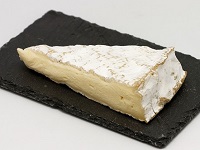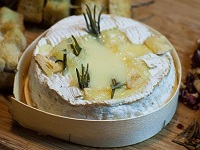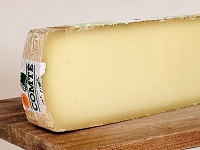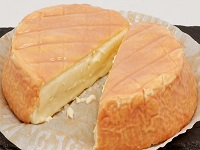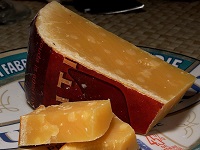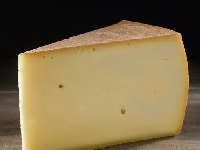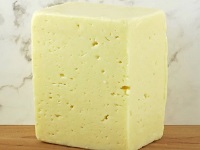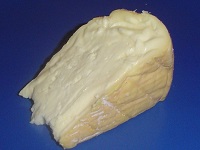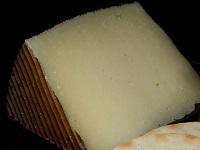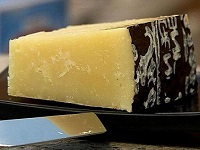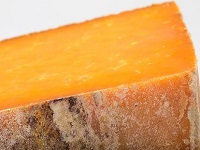Chardonnay (New Zealand)
Chardonnay became popular in the 1990s and today is the third most widely planted grape in New Zealand.
New Zealand Chardonnay Flavors
Citrus, Green Apple, Pear, White Peach, and Minerality are typical cold climate flavors.
Lemon |
Apple |
Pear |
Peach |
Nectarine |
Flowers |
Herbs |
Salt |
Warm Climate Flavors
Orange, Yellow Apple, Peach, and Tropical Fruit (Pineapple,Banana) are typical warm climate flavors.
Orange |
Yellow Apple |
Mango |
Pineapple |
Flavors from Maturation and Aging
Vanilla |
Butter |
Croissant |
Coconut |
New Zealand Chardonnay Profile
Oaked Chardonnays tend to be full bodied with high alcohol.
| SUGAR: | Dry (3 g/l) |
| BODY: | Full |
| FRUIT: | Medium |
| ACIDITY: | Medium |
| ALCOHOL: | 12.5 - 13.5% ABV |
| Serving temperature: 10-14°C (50-57°F) | |
New Zealand Chardonnay Food Pairing
Chardonnay is very food friendly.
Italian. Spanish. International. Asian. Mexican. Vegetarian.
Antipasti |
Vegetables |
Asparagus |
Pasta |
Fish |
Chicken |
Pork |
Risotto |
Excellent Pairings
Anything with Creamy or Buttery Sauce.
Pasta in Creamy Sauce. Risotto.
Lobster. Salmon. Tuna. Fish Cakes.
Chicken. Poultry. Pork.
Roasted Veggies. Pumpkin. Mushroom. Onion. Garlic.
Hazelnuts. Cashew. Pecans. Coconut.
Cheeses
Aged, Salty, or Nutty Cheeses.
Cheddar. Comté. Gruyère. Manchego. Parmigiano. Pecorino.
The Ideal Glass for New Zealand Chardonnay
The Chardonnay Glass was designed for enjoying full-bodied white wines. They have a wider bowl and a tapered top to enhance the buttery and oaky notes found in aged wines.

|
The wide bowl steers the wine to the sensitive parts of the tongue, ensuring that the acidity creates a harmonious balance with the sweet aromas of the wine. The wide bowl allows the full bouquet of aromas to develop. It also reduces the risk for over-concentrated aromas. |
New Zealand Chardonnay Cheese Pairing
Brie or Camembert
These creamy, rich cheeses complement the full, round mouthfeel of a full-bodied New Zealand Chardonnay. The buttery flavors in both the wine and the cheese enhance each other beautifully.
Gruyère and Comté
The nutty, slightly sweet flavors of these cheeses pair well with the complex fruit and oak characteristics of a full-bodied white wine. The firm cheese texture adds a pleasant contrast to the richness of the wine.
Munster And Époisses
A rich and pungent washed-rind cheese provides a bold contrast to the refinement of a full-bodied New Zealand Chardonnay.
Aged Gouda
Aged Gouda, with its caramel and butterscotch notes, matches the depth and complexity of a full-bodied New Zealand Chardonnay. The wine’s acidity helps balance the cheese’s rich flavors.Havarti
The creamy and mild flavor of Havarti pairs well with the rich and buttery texture of a full-bodied New Zealand Chardonnay, making for a delightful and balanced pairing.
Aged Cheeses
The crystalline texture and savory, nutty flavor of aged chesses will complement the undertones of a full-bodied New Zealand Chardonnay.
If You Like New Zealand Chardonnay
You May Also Like:
The Chardonnay Grape
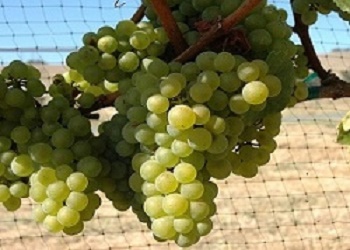
Chardonnay, the world's most popular white wine grape, was born in the Burgundy region of France.
It thrives in a range of climates, from cool to warm, each imparting distinct characteristics to the wine.
In cooler regions, Chardonnay exhibits flavors of green apple, pear, and citrus, accompanied by high acidity and a crisp finish.
Warmer climates bring out richer, more tropical fruit notes like pineapple, mango, and peach, often with a fuller body.
Chardonnay's profile can be further influenced by winemaking techniques.
Oak aging introduces flavors of vanilla, butter, and toast, adding complexity and a creamy texture.
Stainless steel fermentation preserves its bright, fruit-forward nature.
Chardonnay in New Zealand
New Zealand Chardonnays get first prize for French imitations.
High Quality areas / regions:
Marlborough (North-east on the South Island)
Hawke's Bay (East on the North Island)
Gisborne (East on the North Island)
New Zealand Chardonnay is known to be fruit-driven with concentrated citrus and tropical fruit, but a wide range of styles are produced in New Zealand, from fruit-driven and unoaked, complex examples with elegance, and a touch of oak.
Cool climate regions like Marlborough produce medium to light bodied wines with citrus and savoury flavours, minerality, and great acidity. They often holds good quality, with an elegant balance of citrus, minerals, and tropical fruit.
Warmer climates produce wines with full to medium body, rounder and richer flavours, and softer acidity.
